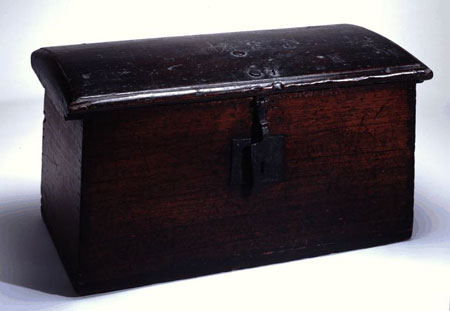Friday 30 April 1669
Up, and by coach to the coachmaker’s: and there I do find a great many ladies sitting in the body of a coach that must be ended by to-morrow: they were my Lady Marquess of Winchester, Bellassis, and other great ladies; eating of bread and butter, and drinking ale. I to my coach, which is silvered over, but no varnish yet laid on, so I put it in a way of doing; and myself about other business, and particularly to see Sir W. Coventry, with whom I talked a good while to my great content; and so to other places — among others, to my tailor’s:http://www.pepysdiary.com/archive/1669/04/30/













,+Still+Life,+1636.png)

+Still+Life+Date-+1658.png)
+Still+Life+with+a+Pipe-lighter+Date-+1653.png)
,+Still+Life+with+Glasses+and+Tobacco,+1633.jpg)




















++Flowers+in+a+Vase+1669.jpg)










